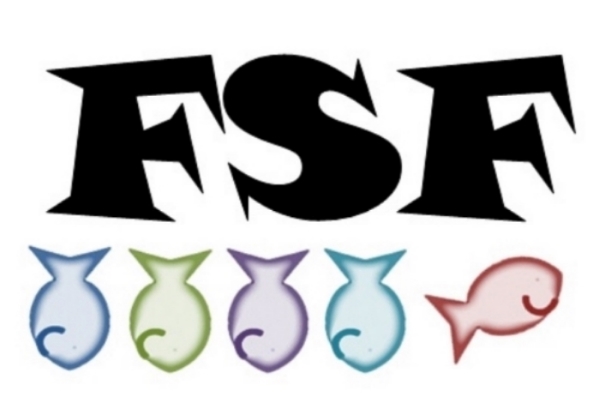Again, not a movie about writing, but the streaming algorithm won’t leave me alone because I watched the Cinderella Christmas movie.
Blanca is going to inherit half of her father’s money and control of his candy business/shop when she turn 25 on Christmas. Her step mother, Victoria, and Victoria’s overly-flamboyant sidekick, Zane (I’m just saying, you’re a villain dude. Tone it down), hypnotize Blanca so will forget everything except her deceased father. They place her in a small town, knowing that if she does not claim her side of the candy business by Christmas, the money goes to Victoria. There, Blanca meets seven men and women in a Christmas band, the Holly Jollies, who are going help her spread Christmas cheer . . . or something. Honestly, the “dwarf” characters didn’t really do much, but I liked their music. The dialogue keeps trying to make it seem like she and Holly Jollies live in a seedy motel, but it’s more like a cute little inn. I mean, her room has a kitchen!
However, as this is a rip-off of a Hallmark movie, there are two male leads. The first is Lucas Prince, a wealthy and eligible designer who falls for Blanca’s beauty. They go on a couple of dates before she loses her memory, but honestly, I like it sooooooo much better when he thinks he’s coming to rescue her from the small town. On the one hand, he keeps offering to take her to a doctor, which is totally fair, but on the other hand, he keeps objectifying her and being negative about things she enjoys. Blanca continually tells him off and tries to get him to leave. The other young man is Hunter, an artist Blanca knew through a mutual friend. He’s sent by Victoria to keep an eye on Blanca as a part of her “evil scheme”.
You get it right? Victoria is the evil queen. Zane is her mirror and servant. Hunter is . . . the hunter. There are even ceramic deer and other woodland critters like in the Disney film in the motel Blanca lives in. A key prop is a compact mirror belonging to Victoria. Throw in lots of apples (candy apples, apple shaped bells, apple red dresses, etc) and you have a Snow White adaptation.
SPOILERS:
Prince continues to blow his chances with Blanca by dissing the Holly Jollies, but she’s still too polite about it. Stand up for your friends!
Hunter feels guilty that he’s been sent by Victoria and Zane to keep Prince away from Blanca. He realizes he’s done the wrong thing when the step-mother and toady do not give him instructions to bring Blanca home. That’s what tipped you off, dude! Not that she has selective amnesia and they don’t want her taken to a hospital! Hunter, you might be the hotter of the two men, but you are clearly aren’t the brightest bulb on the Christmas tree.
Anyway, he sticks around because he has feelings for her (if you had feelings for her, you’d call a doctor!) and paints her a frame for a photo of her father. The magnificence and her gratitude of the frame causes the pair to make out and Blanca remembers everything. However, there’s still twenty minutes of this thing.
Blanca tries to distant herself from Hunter thinking he was being paid by Victoria until the Holly Jollies convince her to listen to him. That’s right, their whole role besides singing is to be their relationship counselor. They all rush back to the unnamed city to save Blanca’s inheritance and punish Victoria. Oh yea, and she and Hunter make-out some more. Blah blah blah.
I was disappointed that true love’s kiss could break the hypnotism. Pick up a book, people! Snow White was saved by someone dropping the glass coffin and she coughs out the apple. Yes, I really wanted someone to just give her the Heimlich maneuver. Is that so much to ask? Also, her hair wasn’t dark enough! Dark as ebony, people! Dark as ebony.



